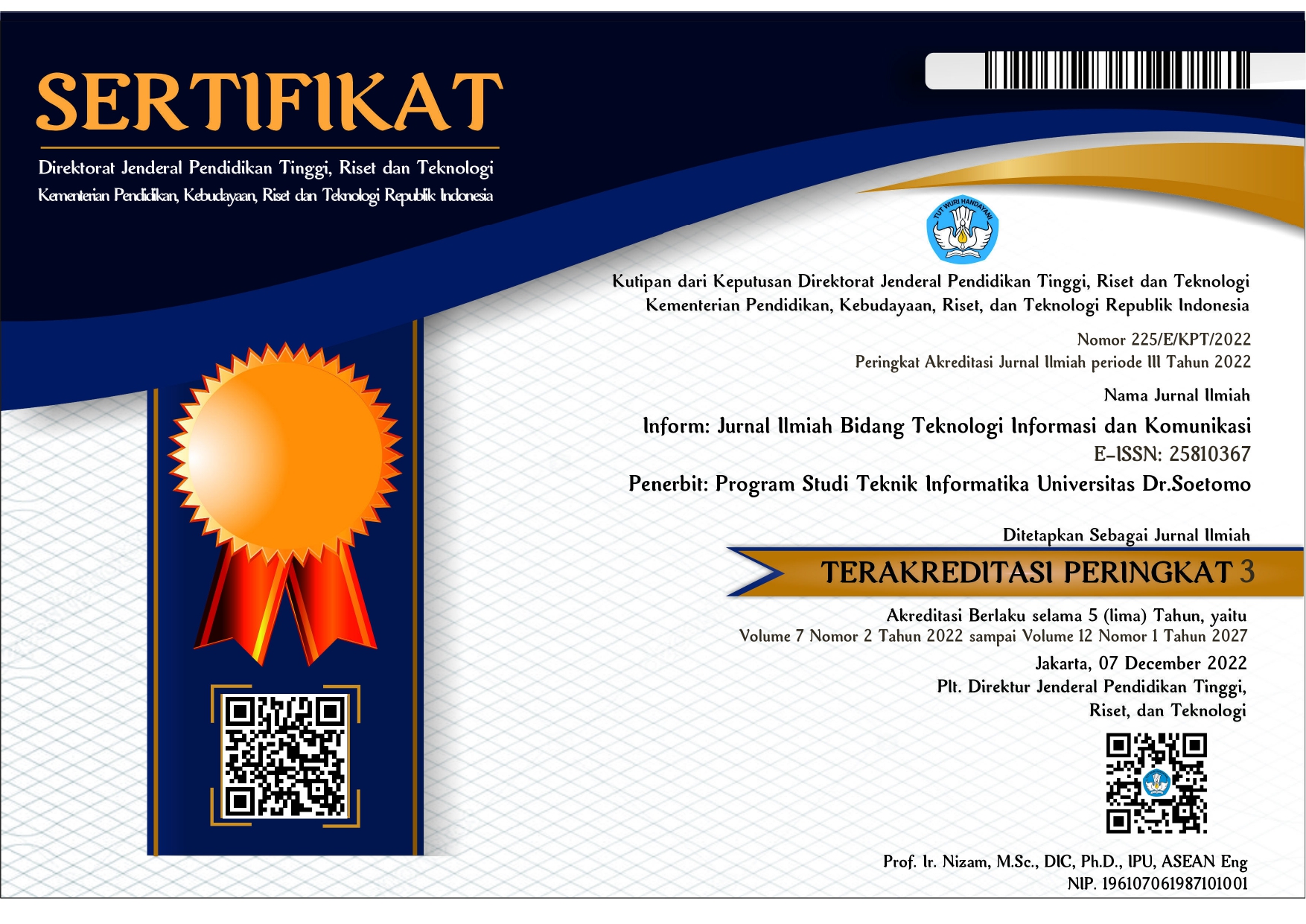Implementation of Multiprocessing and Multithreading for End Node Middleware Control on Internet of Things Devices
 Abstract views: 737
,
Abstract views: 737
,
 PDF downloads: 272
PDF downloads: 272
 Turnitin (Bahasa Indonesia) downloads: 0
Turnitin (Bahasa Indonesia) downloads: 0
 Copyright (Bahasa Indonesia) downloads: 0
Copyright (Bahasa Indonesia) downloads: 0
 Ethical Statement (Bahasa Indonesia) downloads: 0
Ethical Statement (Bahasa Indonesia) downloads: 0














